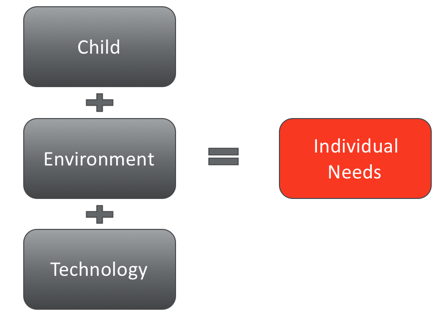
Source:Gait & Posture
Author(s): Stephanie L. King, Natalie Vanicek, Thomas D. O’Brien
ObjectiveTo determine the lower limb joint kinetic strategies during stair descent in claudicants with peripheral arterial disease (PAD-IC).DesignCross-sectional observation study.SettingUniversity laboratory.ParticipantsA total of 22 participants; 10 healthy controls and 12 patients diagnosed with PAD-IC.Main Outcome MeasuresBetween-group comparisons of ground reaction force (GRF) and, hip, knee and ankle kinetics during steady-state stair descent.ResultsThe claudicating-limb group demonstrated reduced vertical and posterior GRF compared to healthy controls (ES = −1.46 [−2.32,−0.69] and ES = −1.08 [−0.42,−0.26]) as well as demonstrating an greater contribution to support moment from the ankle and trends towards a smaller hip contribution (42 ± 14% vs 28 ± 7%, P=.005 and Hip 16 ± 8% vs 21 ± 11%, P=.056, respectively). A unique sub-group was identified within the PAD-IC cohort demonstrating different hip moment strategies during weight acceptance: a novel hip extensor group (PAD-IC HExt) and stereotypical hip flexor group (PAD-IC HFlex). Compared to both healthy controls and the PAD-IC HFlex groups, the PAD-IC HExt group demonstrated increased hip extensor moment (ES = 3.05 [1.67,4.42] and ES = 3.62 [1.89,5.35]) and reduced knee extensor moment (ES = −2.00 [−3.15,−0.85] and ES = −1.36 [−2.60,-0.11] respectively) during weight acceptance.ConclusionsA novel hip extensor strategy was identified in a sub-group of claudicants which acts to reduce the demand on the knee extensors, but not the plantarflexors. Weakness in the knee extensors may prevent redistribution of the task demand, typically seen in older adults in stair descent, away from the functionally limited plantarflexor muscle group. Further investigation into multi-level joint strength and the relationship to functional tasks is warranted to inform targeted intervention programmes.
from #Audiology via ola Kala on Inoreader https://ift.tt/2umY6Sw
via IFTTT
